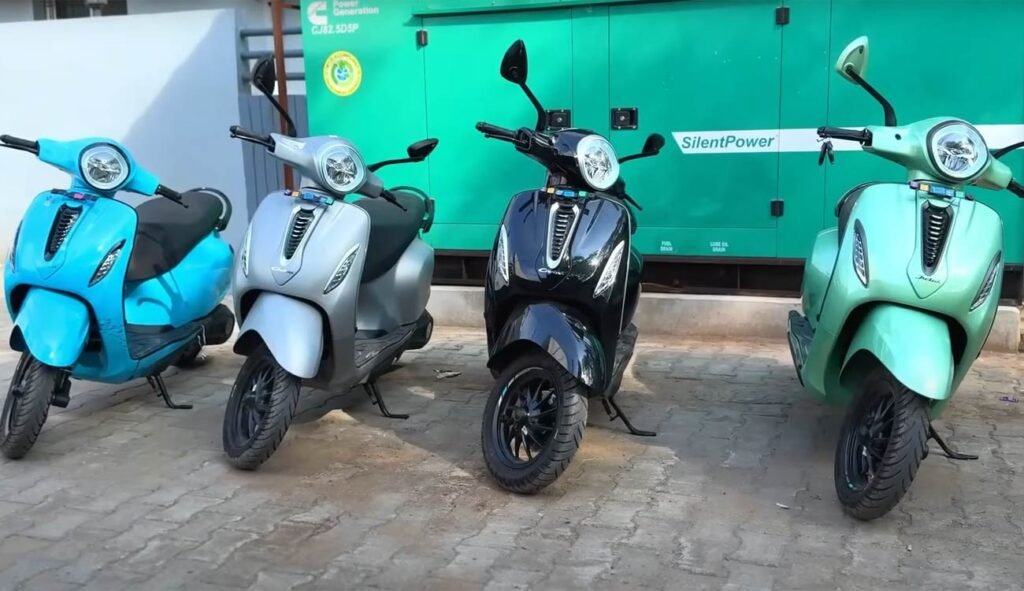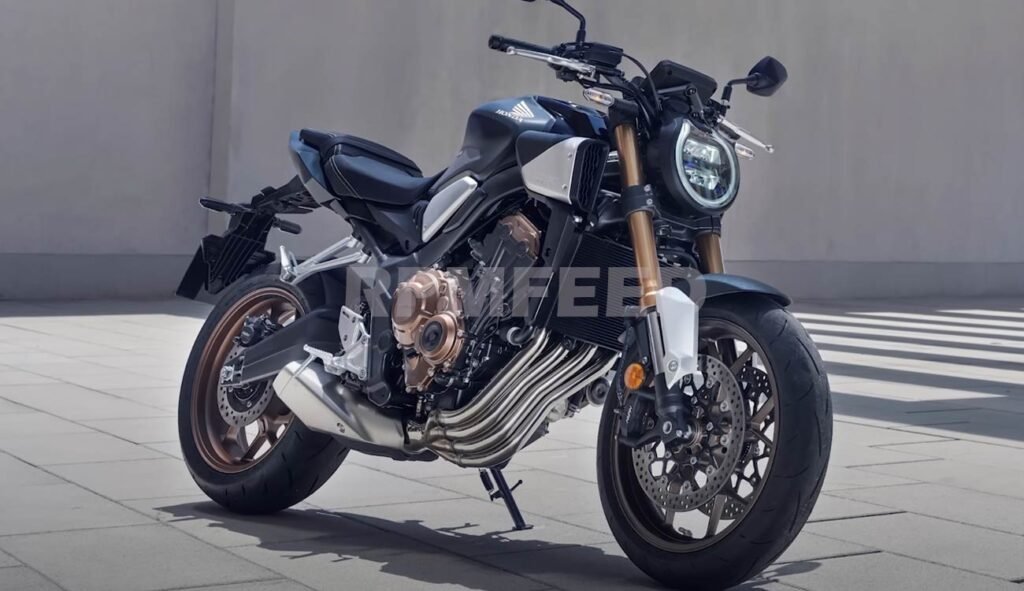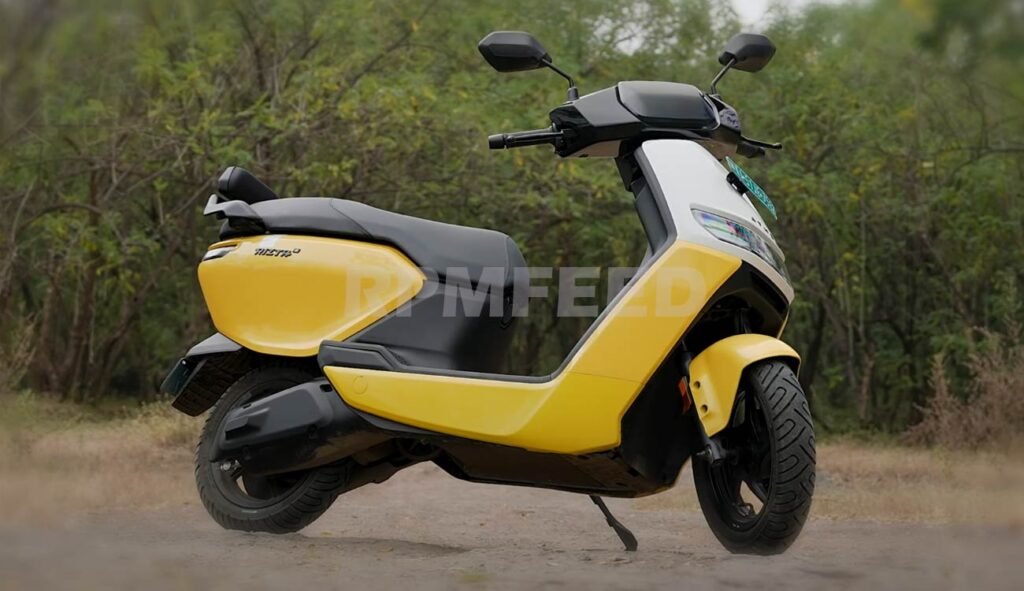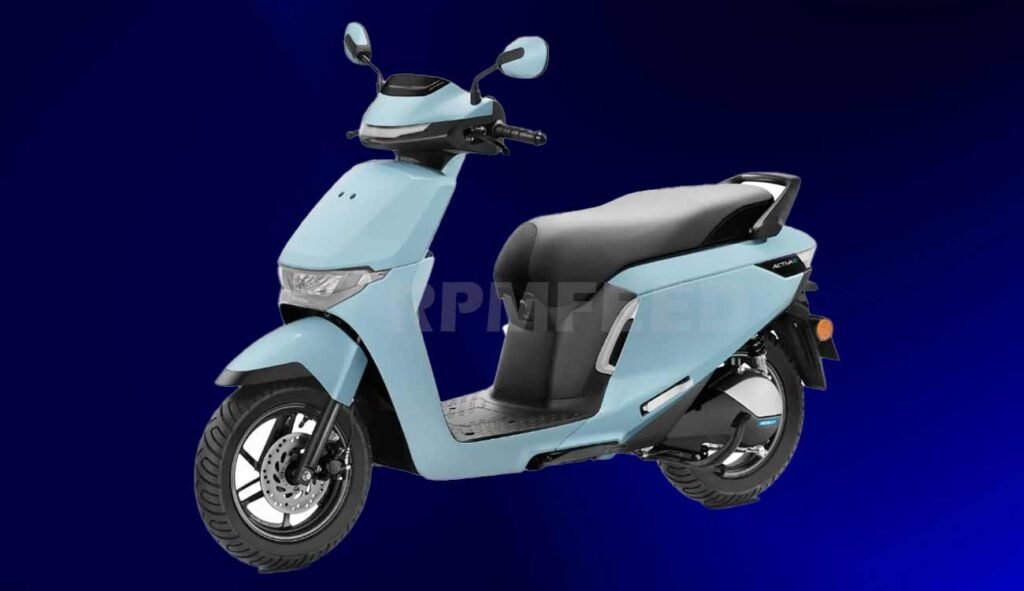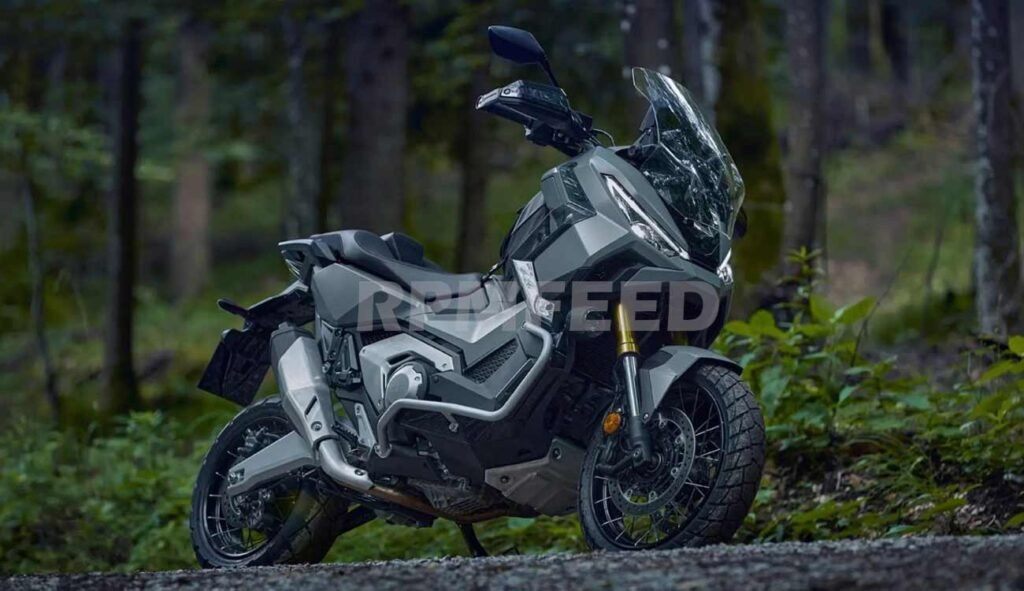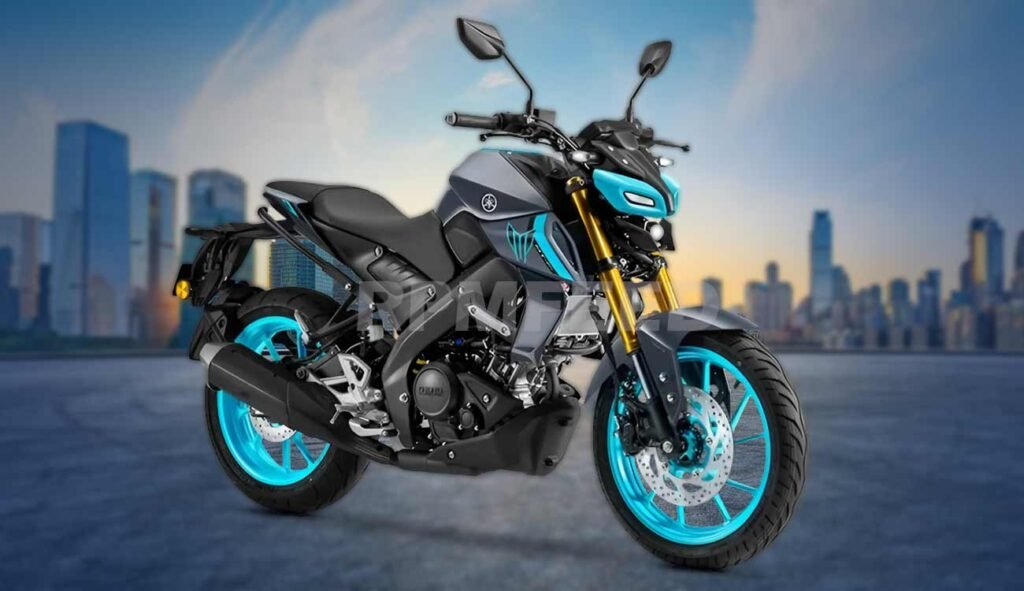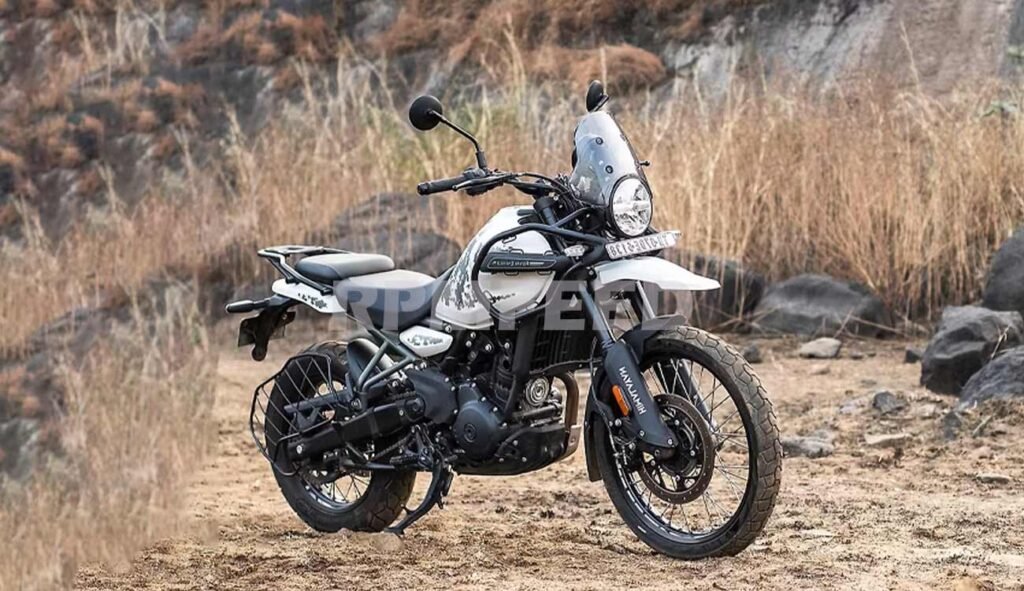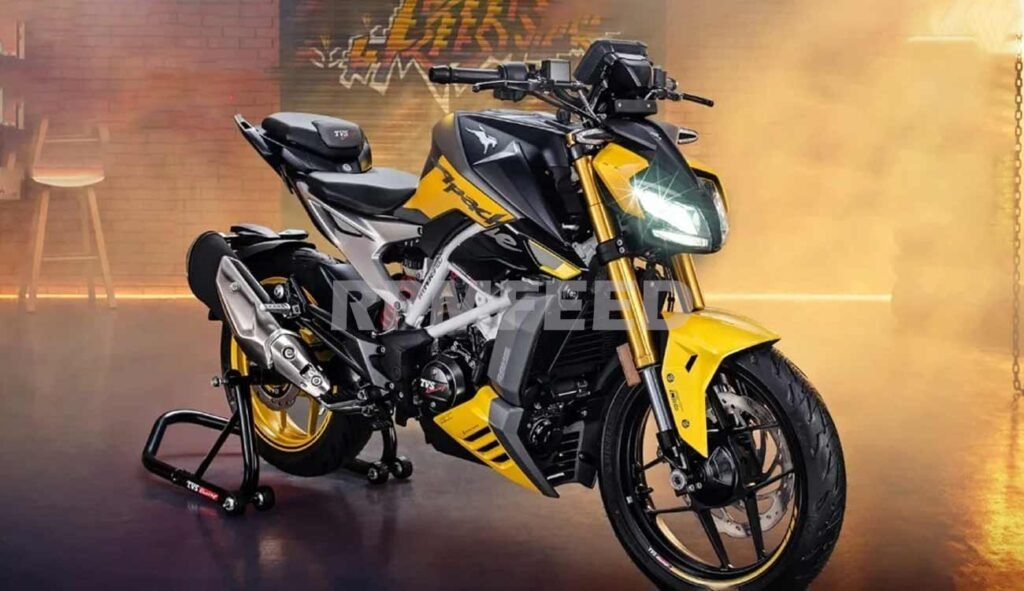Before SUVs and superbikes ruled Indian roads, there was one name that defined freedom on two wheels—the Bajaj Chetak. Its iconic design, reliability, and cultural impact made it more than just a scooter; it became a symbol of India’s middle-class aspirations. While the original Chetak powered through the streets of the 80s and 90s, its electric rebirth is quietly making a statement in the modern EV era.
From waiting lists in the 80s to LED headlights in the 2020s, the Bajaj Chetak’s story is one of resilience and reinvention. Let’s explore why this timeless scooter remains legendary.
Quick Read
- 1980s Chetak defined middle-class dreams with its sturdy build and iconic “duck-tail” design.
- Cultural impact included Bollywood appearances and family memories.
- Declined in 2006 due to emission norms and the rise of motorcycles like Hero Honda CD 100.
- Electric Chetak (2020s) offers retro-modern design, zero emissions, and near-zero maintenance.
- Then vs. Now differences include a shift from smoky 2-stroke engines to silent electric motors.
Chetak in the 80s & 90s
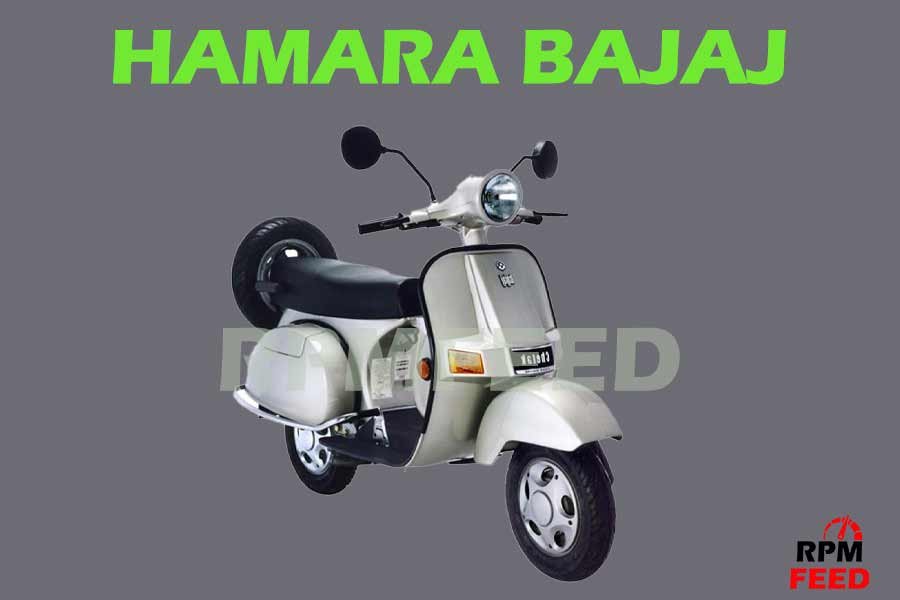
The “Hamara Bajaj” Phenomenon
For two decades, the Bajaj Chetak was the pride of the Indian middle class. Advertisements with the slogan “Hamara Bajaj” (Our Bajaj) captured the aspirations of a growing economy. Owning a scooter meant freedom and status that resonated with families.
The Chetak’s popularity was so immense that it wasn’t uncommon to find waiting periods of six months or more. Some buyers even paid extra on the black market just to jump the queue.
Iconic Design & Engineering
The Chetak’s sturdy metal body and “duck-tail” rear design became its signature. It was powered by a 145cc 2-stroke engine that was as rugged as they come. Maintenance was simple, and its ability to tackle varied terrains made it ideal for Indian roads.
Cultural Impact
Beyond its technical qualities, the Chetak became a cultural icon. It appeared in Bollywood classics like Jo Jeeta Wohi Sikandar and was a staple for weddings, family outings, and Sunday joyrides. The sound of its engine starting and the click of its kickstand still evoke nostalgia today.
Why Chetak Faded Away?
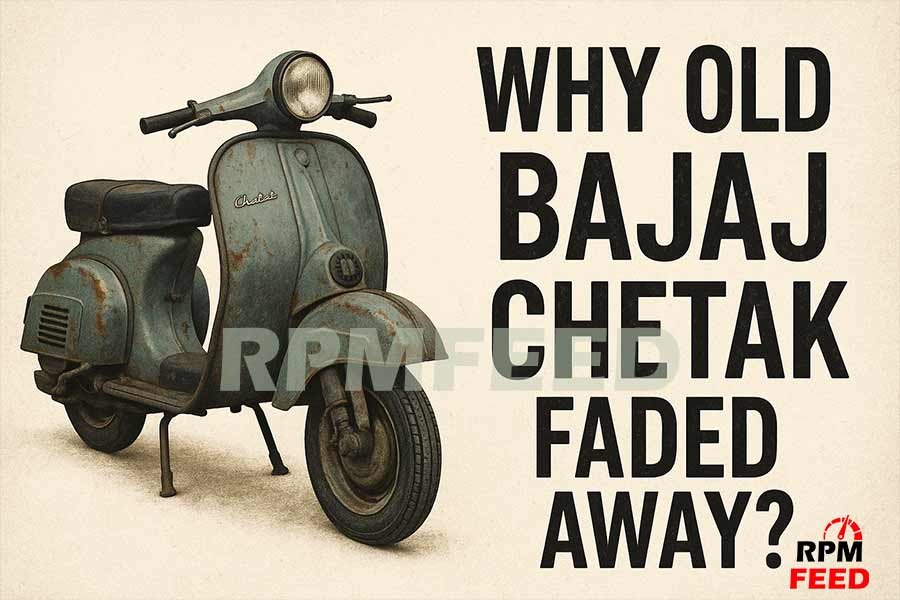
By the early 2000s, stricter emission norms led to the phasing out of 2-stroke engines. The market started shifting toward more efficient and modern alternatives like the Honda Activa and Hero Honda CD 100, which quickly became favorites.
Bajaj shifted its focus to motorcycles, launching the Pulsar and discontinuing the Chetak in 2006. The world seemed to move on, but for many, the absence of the Chetak left a void.
The Electric Rebirth: Chetak 2.0
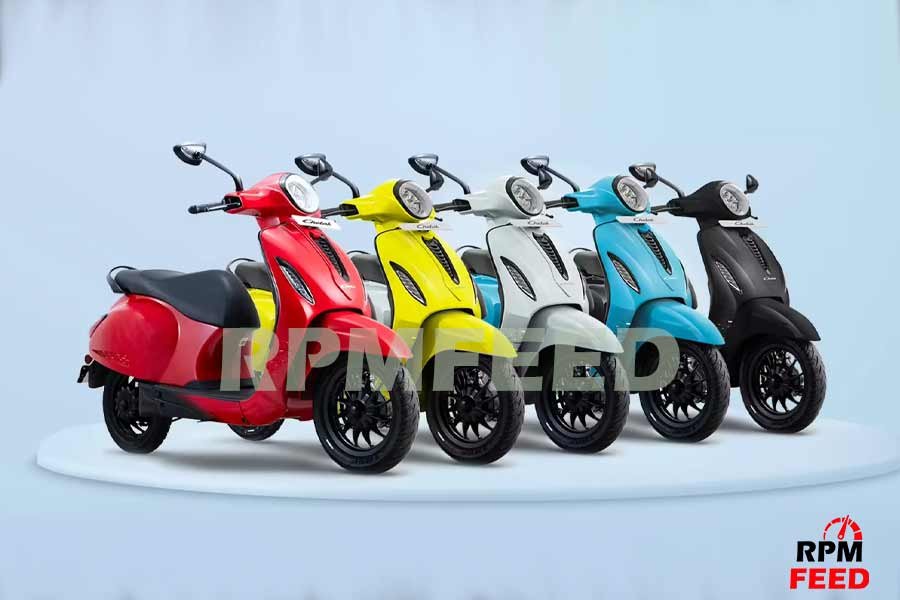
Modern Design Meets Technology
Bajaj resurrected the Chetak in 2020 as an electric scooter, retaining its retro spirit while infusing it with futuristic features. The smooth, polished finish, LED lights, and digital console nod to its legacy while appealing to a new generation of riders.
Performance & Range
Equipped with a silent 4kW electric motor and a high-capacity lithium-ion battery, the Electric Chetak offers:
- Top Speed: 70+ km/h (Eco mode).
- Range: 95 km on a single charge.
This rebirth is aimed at urban millennials who want style, functionality, and eco-conscious transportation.
Challenges in the EV Market
Despite its nostalgic appeal, the Chetak faces tough competition from Ola, Ather, and TVS iQube. Priced above ₹1.5 lakh, it’s often compared to more affordable EV options. Nevertheless, its iconic brand legacy is a key differentiator.
Then vs. Now: Key Differences
| Feature | Old Chetak (1980s) | New Chetak (Electric) |
|---|---|---|
| Engine | 2-stroke, 145cc | Electric, 4kW motor |
| Top Speed | 60-70 km/h | 70+ km/h (Eco mode) |
| Maintenance | Frequent oil changes | Near-zero maintenance |
| Emissions | Smoky exhaust | Zero tailpipe emissions |
| Price | ₹8,000 | ₹1.5+ lakh |
Why the Chetak Legacy Endures
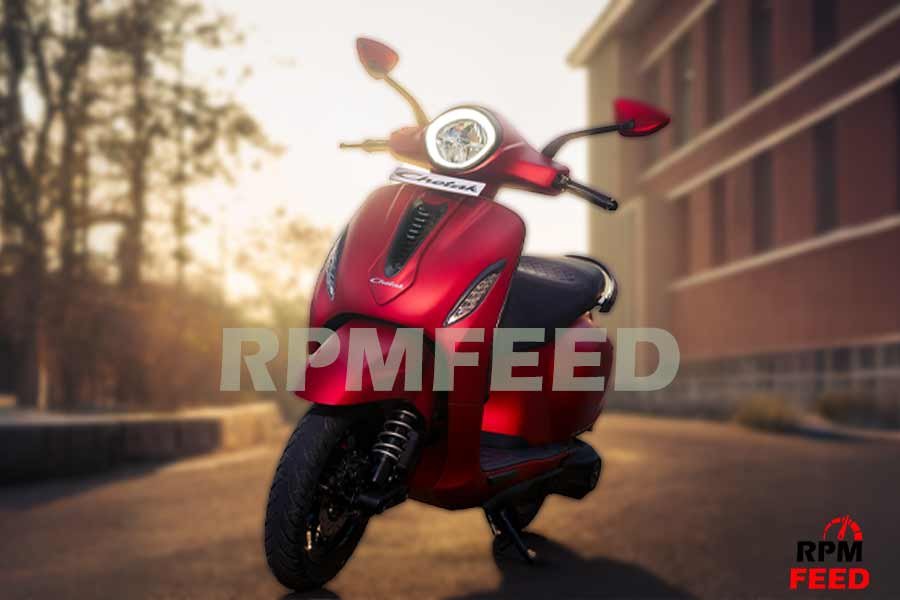
Sentimental Value
Ask around, and you’ll hear countless stories start with, “My dad owned a Chetak…” The scooter isn’t just a vehicle; it’s a memory. For many, restoring vintage models has become a passion and a way to relive those moments.
EV Potential
Despite the challenges, the Electric Chetak holds the potential to revolutionize India’s premium electric scooter segment. It merges heritage with innovation, bridging the gap between old-school fans and modern-day millennials.
Collector’s Craze
Vintage Chetaks are fetching high prices on the resale market. Restored classic models now serve as collector’s items, proving that the iconic scooter hasn’t lost its charm.
A Legend That Stands the Test of Time
The Bajaj Chetak isn’t just a scooter; it’s a piece of history. Whether you remember kicking its starter on foggy mornings in the 80s or plugging in the electric version in 2025, one thing is clear: the Chetak continues to hold a special place in India’s automotive heart.
